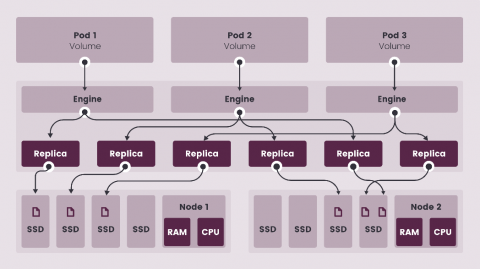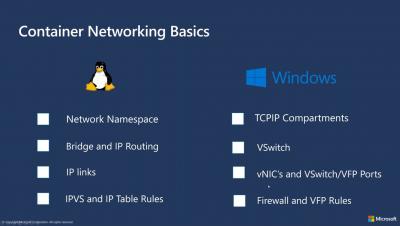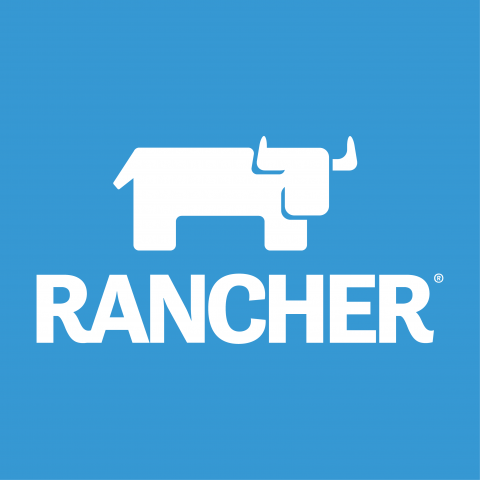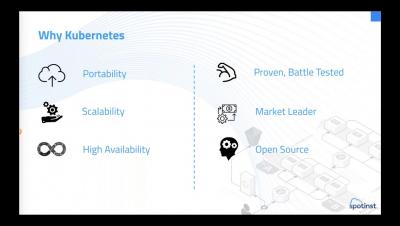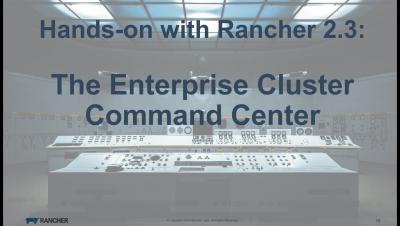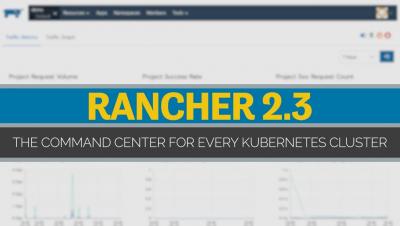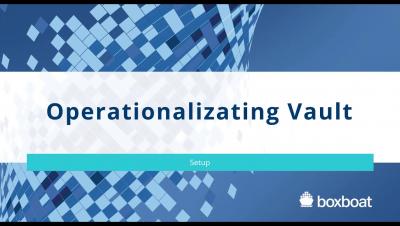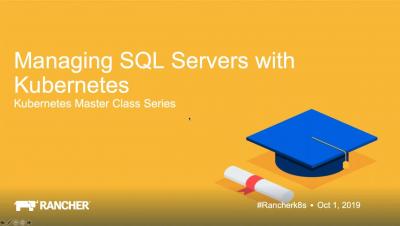Kubernetes Adoption Hastens in EMEA
Containers - and Kubernetes - are now a key part of enterprise growth strategy across EMEA. We can see this not only as usage of Rancher grows, but also as the popularity of our local Lighthouse Events increases. In Northern EMEA particularly, the appetite for Kubernetes is accelerating rapidly. How are companies in this region capitalising on Kubernetes?



